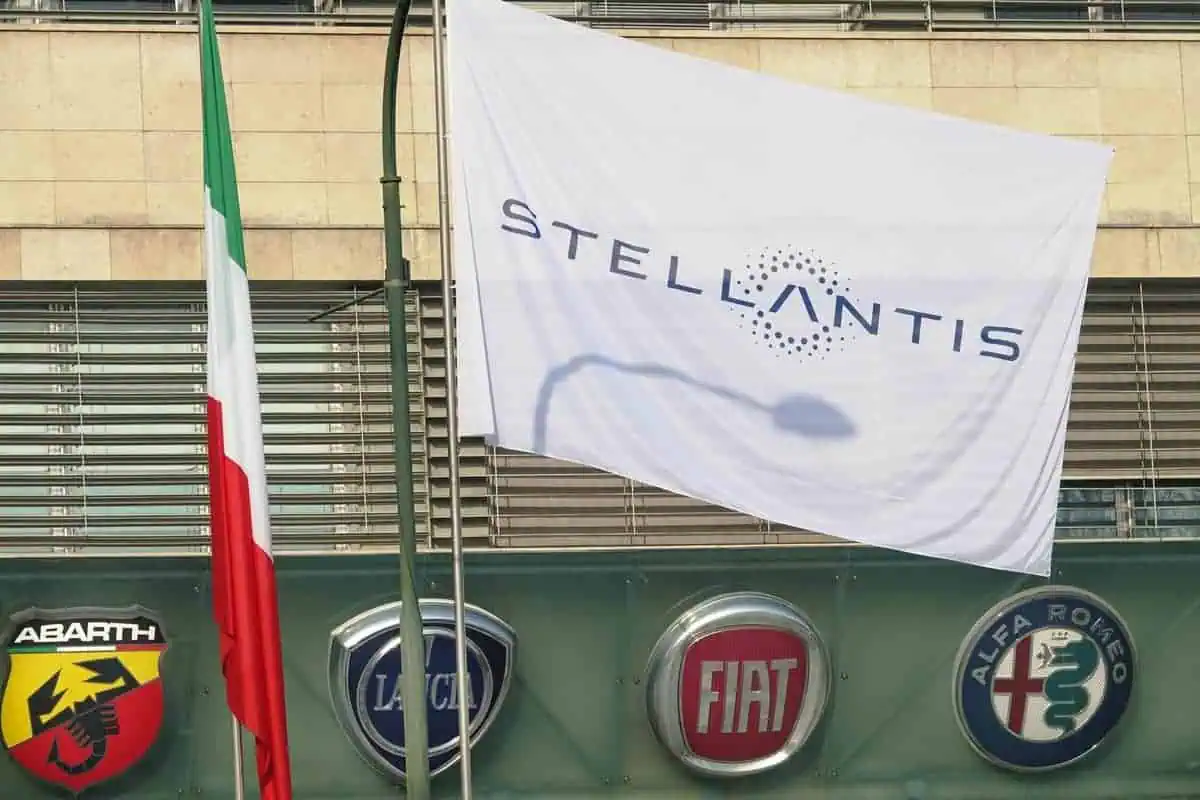Stellantis‘ North American chief operating officer announced on Tuesday that the company will require four battery manufacturing facilities in North America by 2030, as per Reuters.
In retrospect, the automaker already confirmed two joint-venture battery plants in Indiana and Canada. These battery factories are anticipated to open in 2025.
At a Reuters Events auto conference in Detroit, Mark Stewart revealed that the company would require two additional facilities in the United States, Canada, or Mexico.
“By quarter two, quarter three of ’26, if the market continues on the path that it’s on, we’ll need the third plant online by late ’26, early ’27. We are already in discussions for plant No. 3 and possibly plant No. 4. We will need four plants by 2030.”
Notably, the Canada plant will be constructed in partnership with South Korea’s LG Energy Solution, while the Indiana plant is a joint venture with South Korea’s Samsung SDI.
According to Stelllantis Press Release, Samsung SDI and the company will invest more than $2.5 billion in a joint venture to build a li-ion battery manufacturing facility in Kokomo, Indiana, in the United States.
On the other hand, the company announced that Stellantis and LG Energy Solution would invest more than $5 billion CAD in a joint venture to build Canada’s first large-scale li-ion battery production plant.
Stewart stated that potential partners for the two additional units are open to negotiations. Meanwhile, Stewart anticipates announcing the third plant during the second quarter of 2023.
In addition, Stewart responded when asked if Stellantis was open to the workers at the joint-venture battery facilities who were represented by the United Auto Workers union, “We welcome those plants being union,” he said. “We anticipate they likely will be.”
Stewart added that Stellantis opted to roughly double the annual production capacity of its electric delivery vans to more than 200,000 units over the past two weeks. He justified the move by stating that “It’s going to have even more upside,” and noting that the 2023 model had already sold out in just 13 hours.
Batteries are positioned to take the lead as the primary source of power for mobility as the era of electric vehicles gets closer. Building battery plants is one way that businesses aspire to have a huge quantity of production capacity in order to gain market share and economies of scale.






